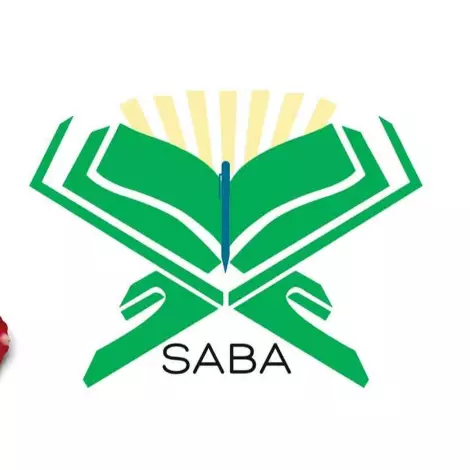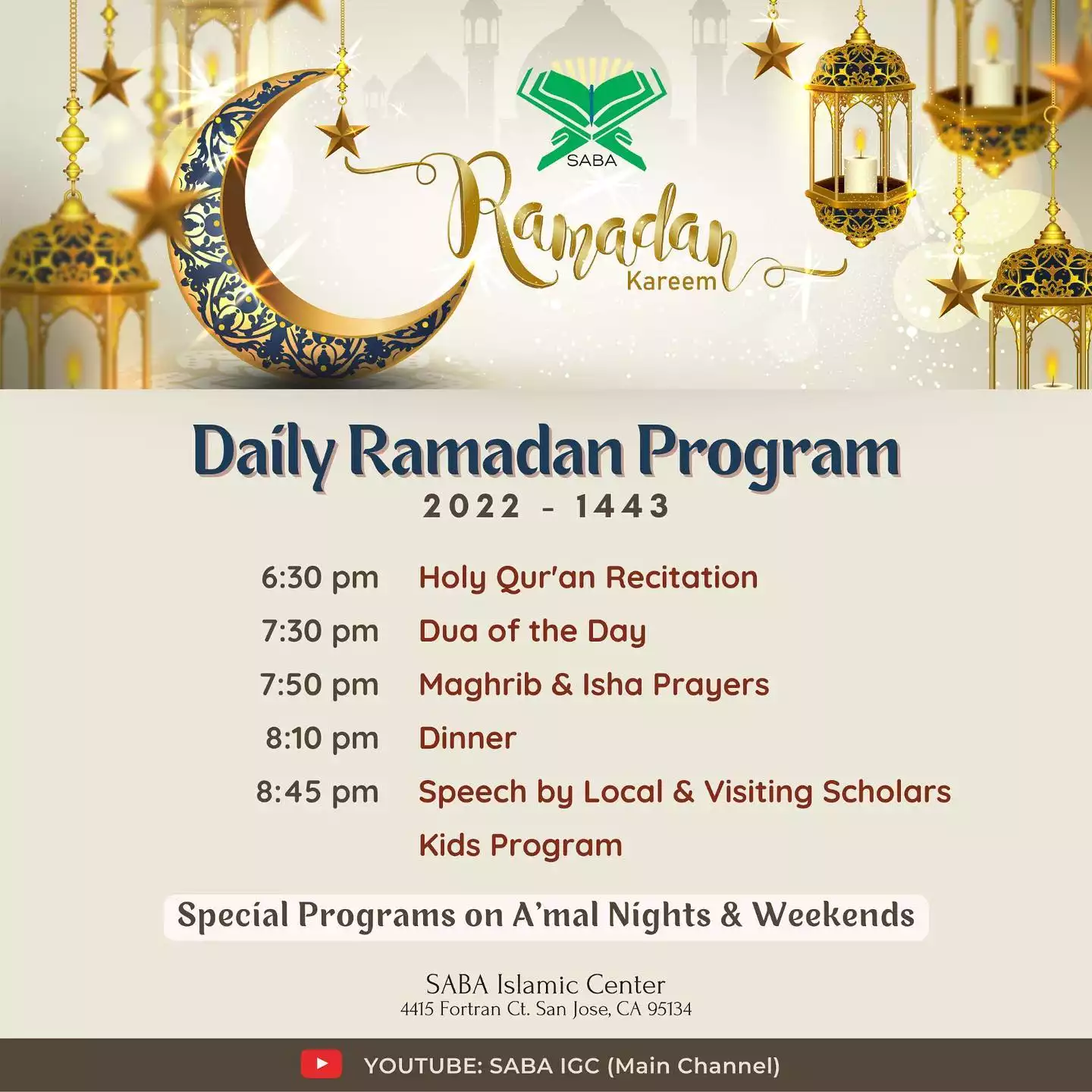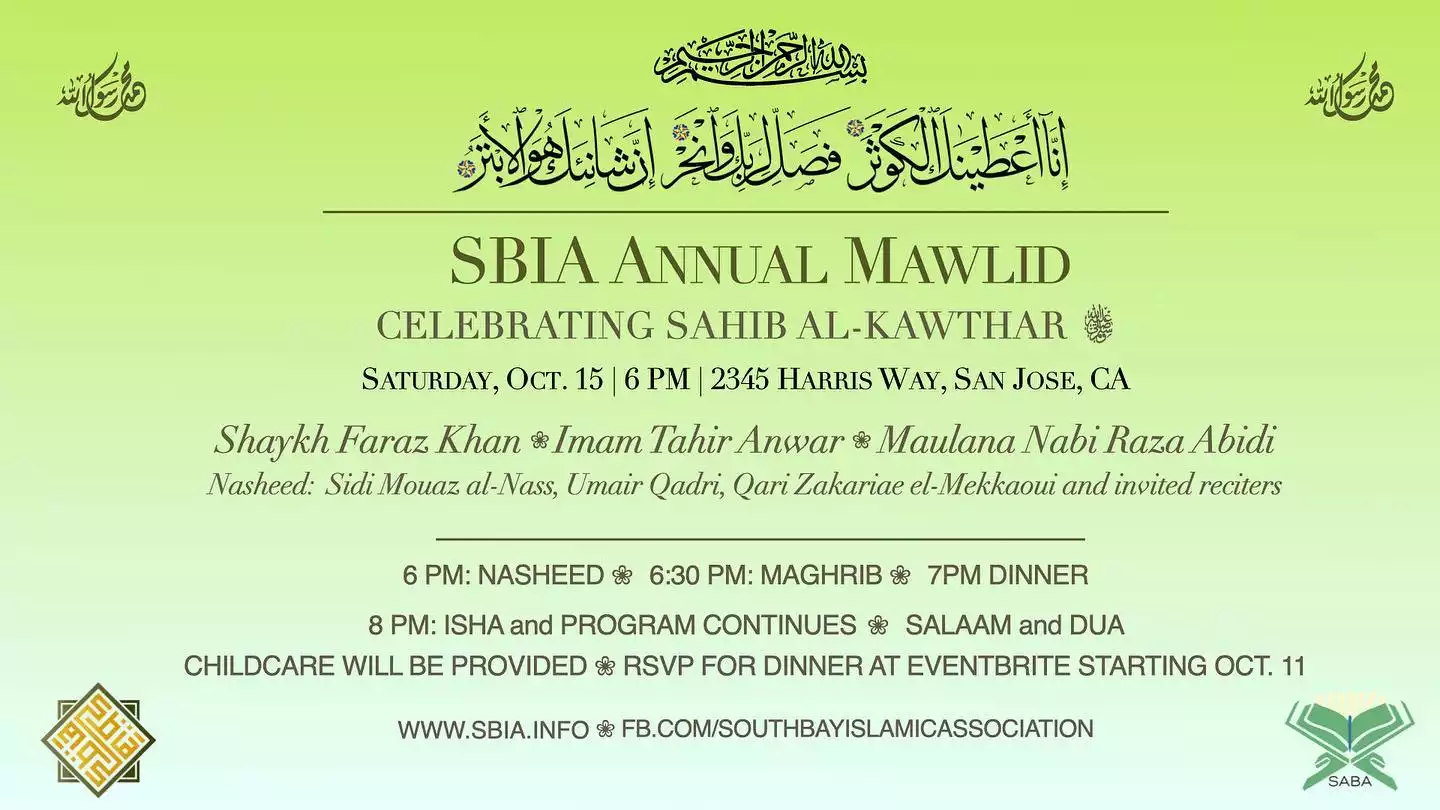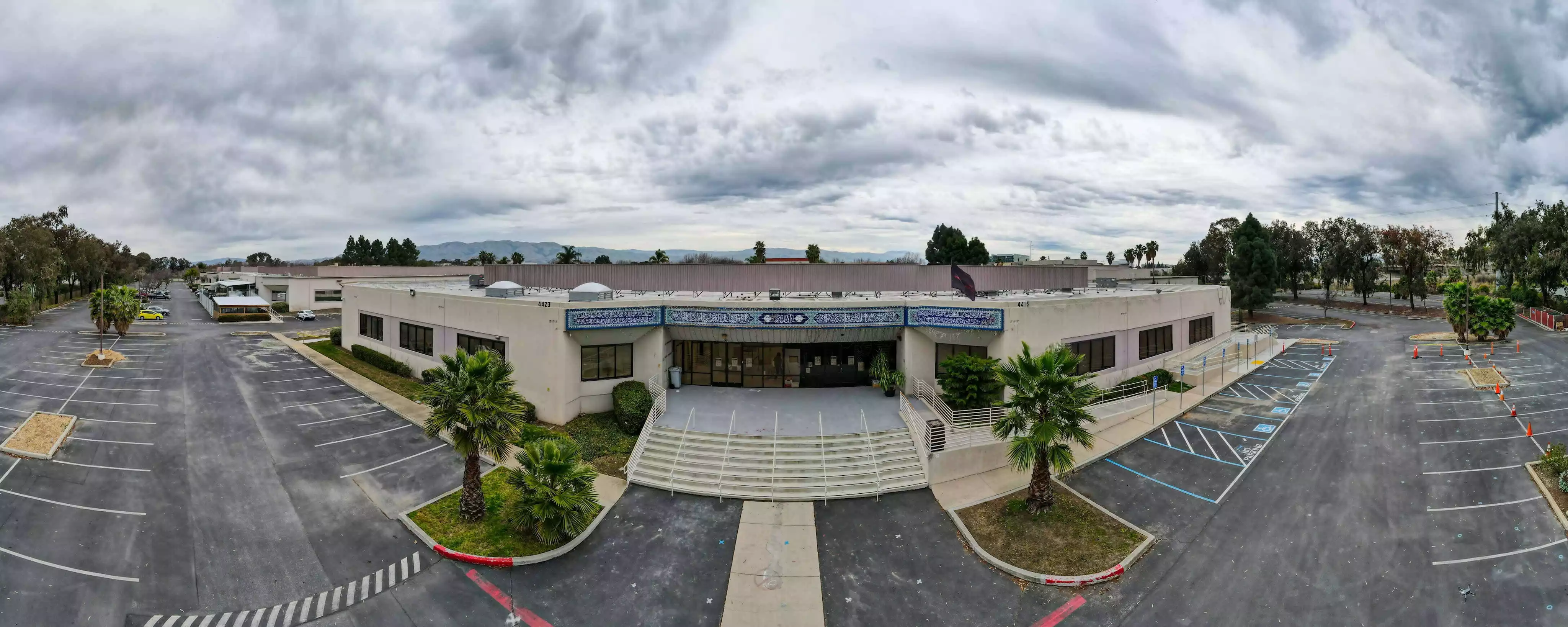SABA is a multicultural Islamic center under the guidance of Moulana Nabi Raza Mir Abidi.
SABA Islamic Center
SABA aims to serve the greater Muslim community by providing a platform for spiritual devotion, education, social integration and self-development based on the traditions of the Noble Qurʾān and Ahl al-Bayt (ʿa).
About SABA
قال رسول الله صلى الله عليه وآله وسلم: إني تارك فيكم الثقلين كتاب الله وعترتي أهل بيتي فإنهما لن يفترقا حتى يردا علي الحوض
Verily, I am leaving behind two precious things (thaqalayn) among you: the Book of Allah (Qurʾān) and my household (Ahl al-Bayt), for indeed, the two will never separate until they come back to me by the Pond (of al-Kawthar on the Judgment Day)"
SABA aims to serve the greater Muslim community by providing a platform for spiritual devotion, education, social integration and self-development based on the traditions of the Noble Qurʾān and Ahl al-Bayt (ʿa).
We believe that it is our duty as followers of the Noble Qurʾān and Ahl al-Bayt (ʿa) to provide the correct resources for those seeking knowledge and the truth.
Our History
As the United States welcomed immigrant families from around the world in the 1960s, the San Francisco Bay Area became a hub for Muslims, with people moving to the Bay Area for educational, economic, and career opportunities.
In the late 1970s, Majalis were conducted in individual’s homes of San Jose, California, until single-family homes could no longer accommodate this burgeoning community. The Bay Area community needed a designated space and an organized collective to fulfill its rapidly growing needs.
In 1977, a group of community leaders created the Shia Association of the Bay Area (SABA). Five trustees were tasked with carrying forward the mission and vision of this new initiative.
In 1983, SABA purchased a house in the city of San Jose that was converted into an informal Hussaini Center. In 1992, SABA sold this property and purchased a larger building nearby. During Moharram and Ramadhan, the building (2800 SF) did not suffice, and trailers were installed to accommodate various language and children’s programs.
In 2002, Maulana Dr. Sayyid Nabi Raza Abidi accepted the invitation to become SABA’s new resident scholar. Under the leadership of Maulana Abidi, SABA’s membership grew astronomically, and its services expanded from traditional Moharram and Ramaḍān programs to a vast array of holistic programs to satisfy various needs, cultures, and age groups.
In 2005, SABA purchased a much large industrial building in San Jose and converted it into a Ḥusayniyyah, a full-time Islamic school, a publishing house, and a community center. This 80,000 square feet facility is strategically located in the heart of Silicon Valley close to major highways that connect to the greater Bay Area.
SABA TODAY
Locally SABA caters to the largest Shia community in California. Centrally placed in a hub for immigrants, it hosts major tech companies and renowned universities. SABA holds a unique position amongst other Shia-Muslim Associations in North America in that its membership reflects the diversity of the Bay Area itself. It thus offers programs in English, Urdu, Farsi, and Arabic to cater to its multilingual audiences. Globally, SABA offers a variety of educational and charitable services worldwide.
Ratings
No Ratings






